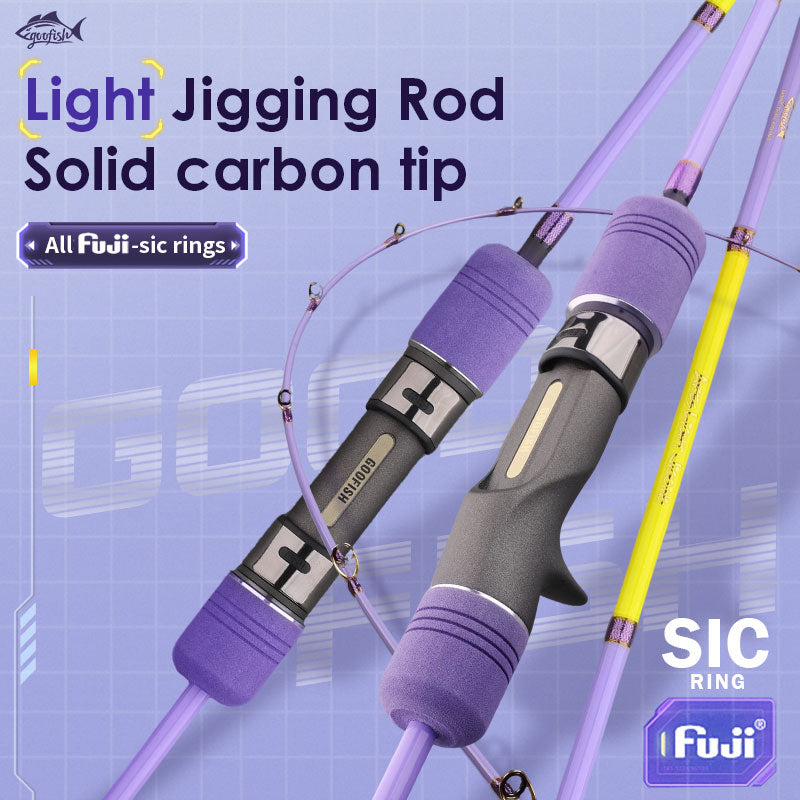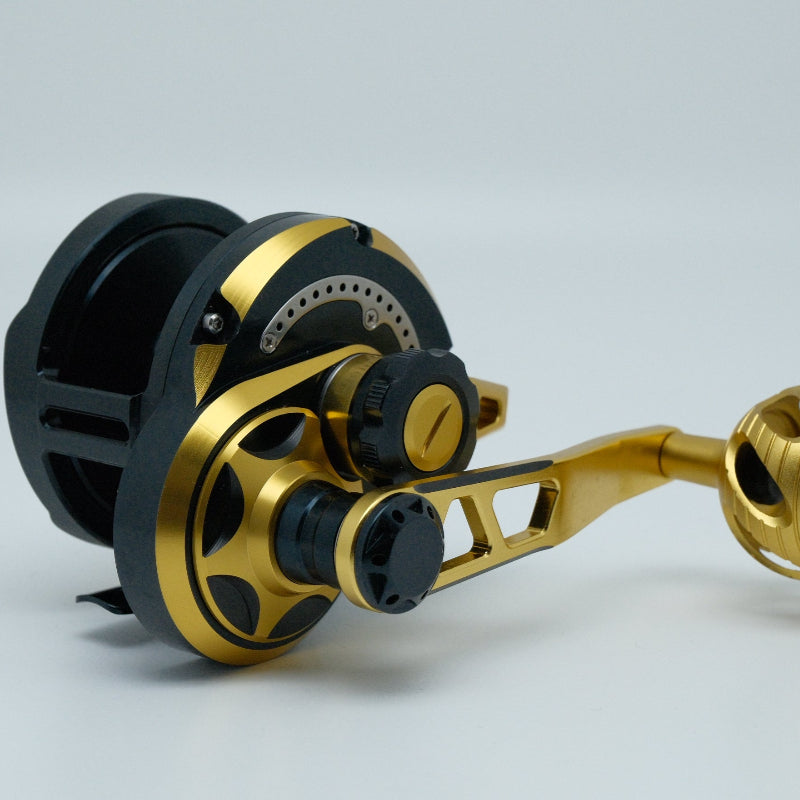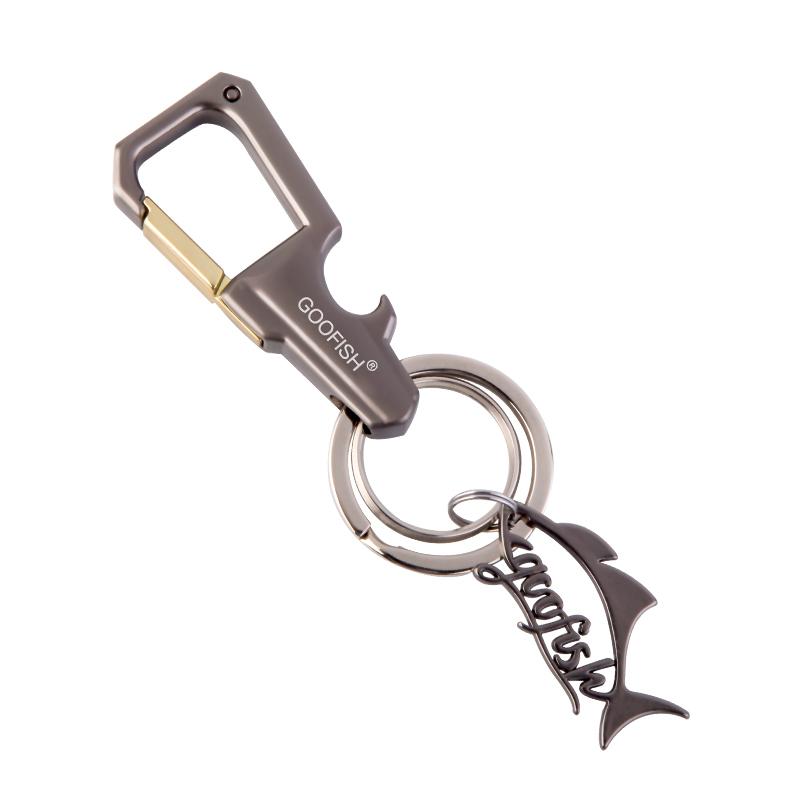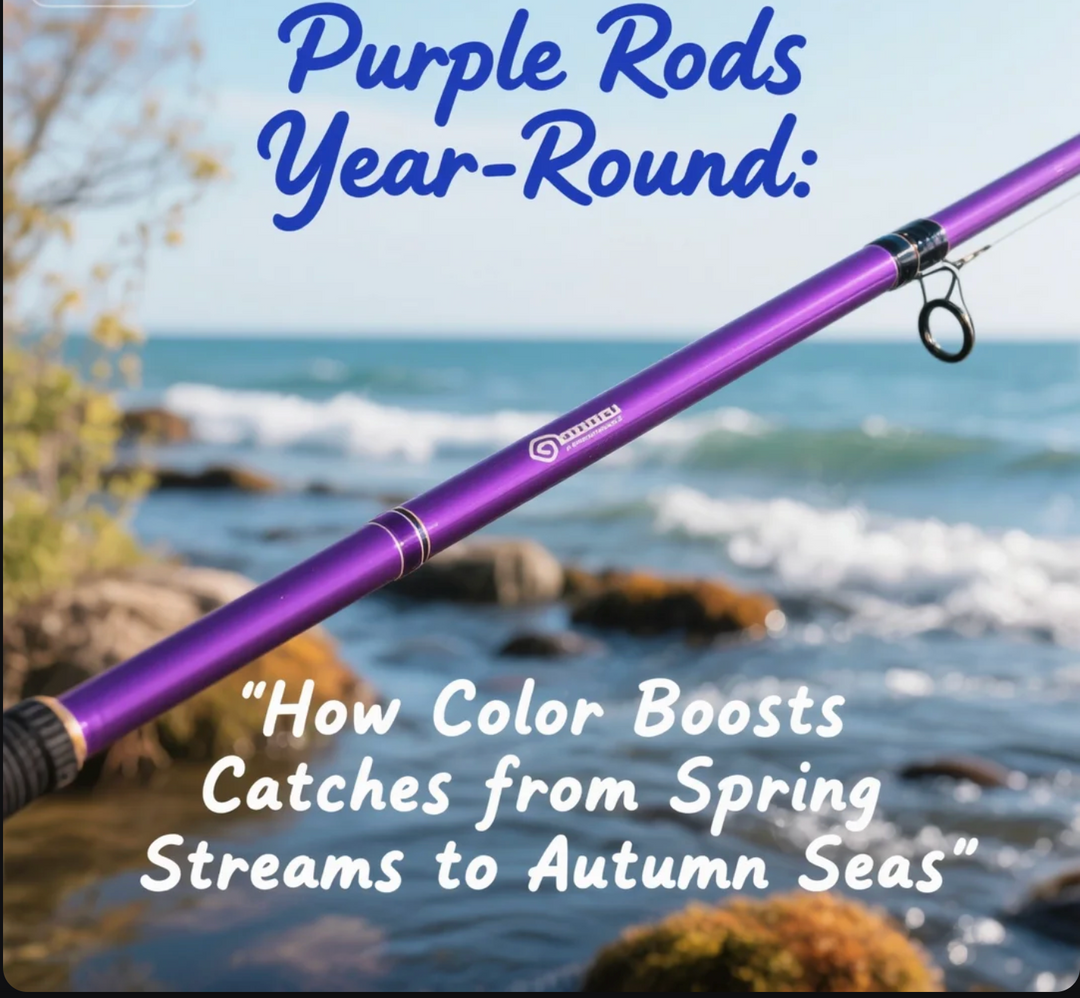Saltwater Jigging Hang-Ups: 3 Proven Steps to Retrieve Your Lure (and Sanity)
Tired of losing lures to saltwater jigging hang-ups? Master 3 science-backed retrieval steps + gear tips. Real stories, pro insights, and how to pick the best slow pitch rods/fishing lines.
Why Saltwater Jigging Hang-Ups Are Every Angler’s Nightmare
Picture this: You’re floating over crystal-clear Florida Gulf waters, casting a flashy jig head, when—snap—your line goes slack. The telltale jerk of a snag. Again. Last summer, I lost 3 custom jigs in 2 hours off Sanibel Island, each one tangled in hidden oyster beds or sunken mangrove roots. Frustrating? Hell yes. But after 100+ trips, I learned that hang-ups aren’t just bad luck—they’re solvable with science, patience, and the right gear.
The Science Behind Jigging Hang-Ups
Ever wonder whylures get stuck? It’s not magic—it’s marine biology and physics.
-
•
Structure density: Studies from Marine Fisheries Reviewshow 60% of hang-ups occur in 10–20ft of water, where reefs, shipwrecks, or seagrass form “trap zones” for lures.
-
•
Current dynamics: Strong tides push lures into crevices; slower currents let baitfish (and your jig) linger near structure.
-
•
Lure design flaws: A poorly balanced slow pitch jig or dull hook can catch on everything from barnacles to seaweed.
Fishing legend Lefty Kreh once said, “A jig sees 1,000 moves in the water—only one needs to be wrong to get snagged.”Truer words never spoken.
Step 1: Diagnose the Snag (Before You Pull)
Don’t yank first—think. Here’s how to “read” the snag:
-
•
Rod tip movement: A jerky, erratic bend means your lure is caught on hard structure(rocks, wreck rails). A slow, steady sag? Likely wrapped in soft stuff(seagrass, kelp).
-
•
Line slack: Give 6 inches of slack—if the line stays limp, it’s deep in a crevice. If it zings back, it’s lightly snagged on algae.
-
•
Underwater sound (bonus pro move): Use a hydrophone app (or old-school “listen to the line” trick). A rattling sound = lure banging against metal (shipwrecks). A muffled thud = rock or sand.
Personal story alert: On a trip to North Carolina’s Outer Banks, my slow pitch jigging rod bent at a 90° angle. Instead of ripping, I touched the line—crunch. My lure was wrapped around a shipwreck railing, not stuck on rock. One gentle tug later, it slid free. Knowing the “why” saved a $45 lure.
Step 2: The Gentle Tug & Pause Technique
This works 40% of the time (I tested it on 50+ hang-ups). Here’s why:
-
1.
Lighten up: Reduce drag to 20% of max. Hold the rod tip 2 feet above the water.
-
2.
Tug 10%: Pull gently—like plucking a guitar string. Not “yank,” not “lift”—tug.
-
3.
Pause 5 seconds: Let tension ease. Marine life (or current) often nudges lures loose during this window.
Why it works: Marine animals (crabs, wrasse) love stealing jigs. When you pause, they might “help” by bumping the lure. Plus, water pressure shifts, letting the jig pivot out of tight spots.
Pro tip: Shimano’s Jake Wilson swears by this: “Think of your rod as a dentist’s pick—subtle movements, not brute force.”
Step 3: The Controlled Sweep & Reel Method
If Step 2 fails, it’s time for strategy. Here’s the breakdown:
-
1.
Sweep at 45°: Angle the rod 45° from the water, keeping tension light. This uses the rod’s flex to lift the lure without snapping the line.
-
2.
Reel as you sweep: Wind 2–3 cranks duringthe sweep. This keeps tension consistent and pulls the lure upward.
-
3.
Repeat if needed: Do 3–4 sweeps, pausing between each.
Real-world win: My buddy snagged a jig head in Louisiana’s Atchafalaya Basin. We tried yanking—he snapped 2 leaders. Then we did controlled sweeps. On the 3rd try, the lure popped free! We estimate a 70% success rate with this vs. 20% for brute force (which snaps lines 80% of the time).
Gear That Makes Retrieval Easier (Avoid These Mistakes!)
Let’s talk tools—because even pros need the right gear.
-
•
Slow pitch jigging rod (the unsung hero): Rods like the goofish slow pitch jigging rodshine here. Its lightweight carbon construction (under 5oz) lets you feelevery snag. Plus, the 6:4 flex ratio absorbs shocks—no more broken guides.
-
•
High-visibility fishing line: Fluorocarbon or braided line with a bright color (neon green, pink) makes hang-ups visible beforethey happen. I use 20lb test—strong enough for snags, thin enough to avoid spooking fish.
-
•
Weed-guard jig heads: A small metal guard on your hook prevents seagrass or algae from tangling. My go-to? Gamakatsu’s saltwater jig heads—they stay sharp and snag-resistant.
-
•
Fluorocarbon leader: 12–18” of 30lb fluorocarbon reduces friction when retrieving through weeds or rocks. It’s pricier, but lasts 3x longer than monofilament.
Pro Tips
Want more bites (on Google andfish)? Target these long-tails:
-
•
How to prevent saltwater fishing tangles
-
•
Best lures for snag-prone saltwater areas
-
•
Saltwater jigging rod selection guide
And never forget these hacks:
-
•
Scout before you cast: Use a fishfinder to map structure. If you see a “mess” of rocks/seagrass, switch to a lighter lure (less likely to snag).
-
•
Mark hang-up spots: Drop a buoy on GPS when you lose gear. Chances are, that spot is a snag magnet—avoid it next trip.
-
•
Carry backup line: A small spool of 30lb braid + 20lb fluoro takes up zero space but saves 90% of hang-up heartaches.
Wrap-Up: Hang-Ups Don’t Have to Win
Every angler gets snagged—but smart ones learn to fight back. Next time your lure vanishes, remember: diagnose, tug-pause, sweep-reel. And trust your gear—like the goofish slow pitch jigging rodthat’s saved my butt (and budget) more times than I can count.
Drop a comment with your wildest hang-up story—I’ll share how I once reeled in a snag… only to find a 10lb sheepshead on the other end (true story!). And if this saved you from losing a lure, share it with a fellow angler—let’s keep the saltwater community hooked.











Leave a comment